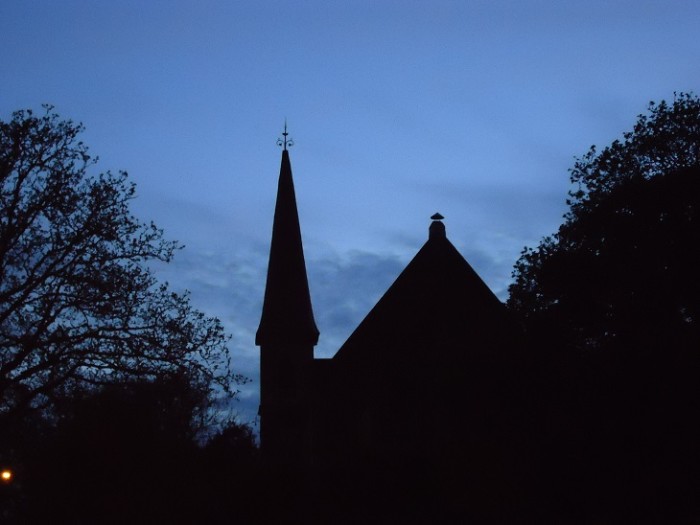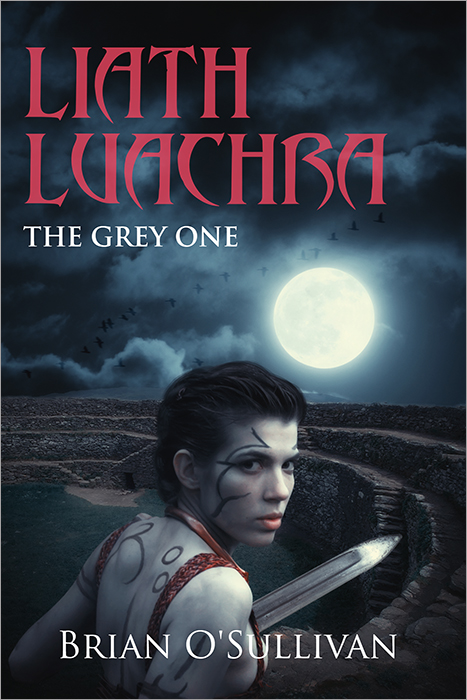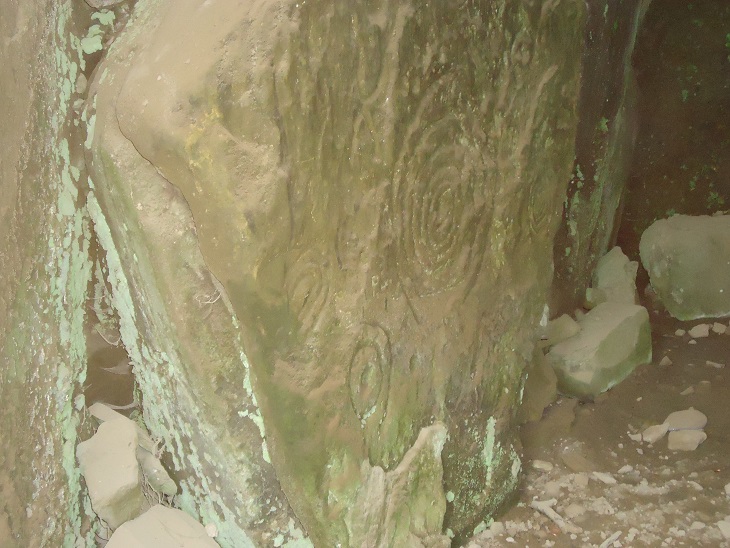

Winter is coming.
Not that you’d know it in Wellington at the moment with all the gorgeous weather. Despite this though, the days are getting shorter, it’s darker in the mornings and at night. Meanwhile, there’s lots of quiet industry going on in the downstairs office.
I thought it might be useful if I gave a quick update on where things are at in terms of …. eh … upcoming productions. People have been hounding me for the third Fionn book for a while now (not to mind Beara 2 which I still feel pretty bad about having to put aside). So, here’s the plan.
Fionn 3: The Adversary
I completed chapter 5 of this, last week. I have bits and pieces of 6 and 7 written but they need to go through the narrative melding process. My target for publication was June this year and although I’m still working to that, work and family responsibilities mean it’s probably going to be more like July/Aug. This isn’t helped by the fact that this looks like it might be a longer book than 1 or 2. It covers quite a lot of Bodhmhall’s background story (much of it is centred around Dún Baoiscne and her relationship with her father) as well as the ongoing narrative.
Liath Luachra: The Kindly Ones
I just completed chapter four of this manuscript tonight. It’s essentially a kind of prequel to the Fionn series and focusses on the backstory of the character, Liath Luachra. Given the complexity of this particular character, I felt she needed a full story to herself and it was one I needed to complete in order to clarify some of the plot points that pop up in Fionn 3.
Oh, and yes, I should warn you it’s slightly darker than the other books in the series.
The story here is a very much a stand alone one concerning Liath Luachra’s days with Na Cinéaltaí – the Friendly Ones – the mercenary group she was part of prior to meeting Bodhmhall us Baoiscne and the events in Fionn: Defence of Ráth Bládhma. She doesn’t actually encounter Bodhmhall in this particular story as I wanted to focus on my research on fian (war parties) and tribal dynamics – particularly for those individuals who, through no fault of their own, weren’t actually part of a tribe. I have left scope for a sequel to this but that’s low on the list of priorities for the moment.
Non-Fiction Book
This is a book I’ve been wanting to write for several years. If you’ve read my blog you’ll know that I see myself more as an amateur folklorist/historian than a writer and over the years I’ve spent researching Irish culture and heritage, there are a number of things I’ve discovered that I’m really keen to pass on. These are the kinds of things which I – in my great wisdom – believe are increasingly important but which nobody else seems to understand or even consider. Anyway, if I do succeed in writing it and publishing it, it’ll probably be the most important thing I’ve ever done.
Well that’s one person anyway!
In terms of timeline, I think it’ll be late next year before this is published as there are a few items I still need to get clear in my head so I can articulate them clearly.
Beara 2:
Ah, yes! The guilty conscience.
I have to confess, the Fionn series is great to write as it allows me to work through and introduce a lot of ancient cultural concepts, Gaelic vocabulary and elements of history that people wouldn’t normally get to hear or think about. For me, though, the Beara Trilogy is really where the intellectual grey pedal hits the cultural metal (Yes, sorry. Talk about forced metaphors! It’s late. I’m tired.)
The plot for Beara 2 is pretty much outlined in my head but I didn’t want to leave Fionn readers in the lurch with a cliff hanger, hence the rationale for finishing Fionn 3 first. This will be the next thing I launch into after the first two books are completed.
Fionn: The Stalking Silence – Audiobook
I’ve been planning to do a pilot audiobook for some time and I’m pretty sure that this will finally occur before Christmas this year. Naturally, I’m using this book as the pilot because it’s (a) short (b) stand-alone and (c) I have the audio style already mapped out in my head. This is really just a fun project for me – a chance to play around and do something different so please just bear with me. Like the book Fionn: The Stalking Silence (Kindle) and Fionn: The Stalking Silence (Smashwords), this will be a freebie I’ll probably make available on this site.
Anyway, that’s as much as I know at the moment. Apologies if you visited looking for some insightful commentary on Irish cultural folklore.

























